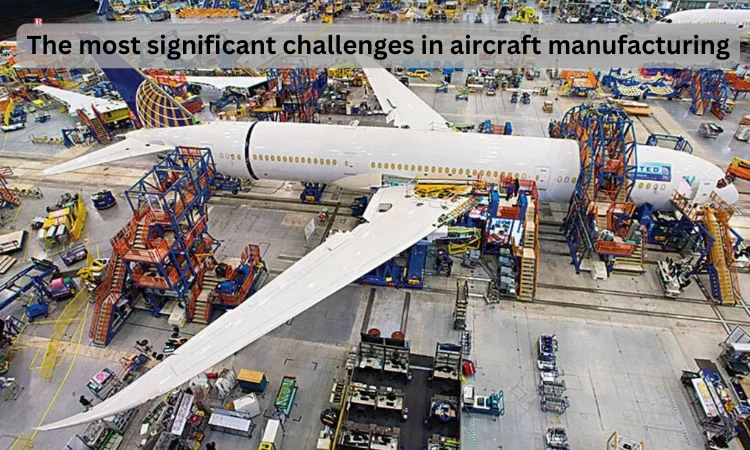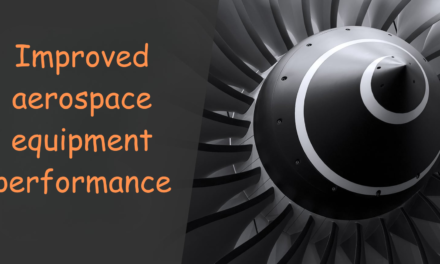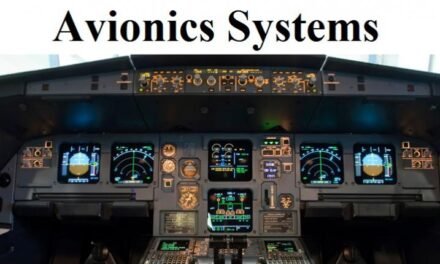Aircraft manufacturing is a complex and highly regulated industry that involves multiple stakeholders, advanced technologies, and stringent safety and performance requirements. Despite advancements in technology and processes, manufacturers face several significant challenges. Here are the most pressing challenges in aircraft manufacturing:
1. Supply Chain Complexity and Disruptions
- Global Dependencies:
- Aircraft manufacturing relies on a vast, tiered global supply chain for components like engines, avionics, and structural materials.
- Disruptions due to geopolitical tensions, pandemics, or natural disasters can halt production.
- Material Shortages:
- High demand for aerospace-grade materials (e.g., titanium, composites) often leads to shortages, delaying production schedules.
- Supplier Reliability:
- Small suppliers may face financial instability or lack the capacity to meet production requirements.
2. Rising Costs
- Raw Material Prices:
- Increased costs of specialized materials like carbon-fiber composites and titanium impact profitability.
- Labor Costs:
- Skilled labor is essential in aircraft manufacturing but comes with high costs, particularly in advanced economies.
- Energy and Infrastructure:
- High energy consumption in production and maintenance of state-of-the-art facilities add to overall costs.
3. Stringent Regulatory and Certification Requirements
- Certification Processes:
- Aircraft must meet rigorous safety and performance standards set by authorities like FAA (USA), EASA (Europe), and ICAO (global).
- Certifying new designs or technologies is time-consuming and costly.
- Changing Regulations:
- Frequent updates in environmental and safety regulations require manufacturers to continuously adapt designs and processes.
- Documentation and Compliance:
- Managing extensive documentation and ensuring compliance across the entire supply chain is challenging.
4. Technological Integration
- Rapid Technological Advancements:
- Incorporating cutting-edge technologies like electric propulsion, AI, and advanced avionics into designs increases complexity.
- Compatibility Issues:
- Ensuring new technologies integrate seamlessly with existing systems can be difficult.
- Development Costs:
- High R&D expenses for developing next-generation aircraft or components can strain budgets.
5. Environmental and Sustainability Pressures
- Carbon Emissions Reduction:
- The industry faces pressure to reduce emissions and comply with initiatives like ICAO’s CORSIA (Carbon Offsetting and Reduction Scheme for International Aviation).
- Sustainable Materials:
- Finding and adopting eco-friendly materials while maintaining performance standards is a challenge.
- Noise Pollution:
- Aircraft manufacturers must meet strict noise regulations, especially for operations near urban areas.
6. Workforce Challenges
- Skill Shortages:
- The industry faces a growing shortage of skilled workers, particularly in advanced manufacturing, avionics, and engineering.
- Aging Workforce:
- Many experienced professionals are retiring, creating a talent gap.
- Training Requirements:
- Rapid technological advancements necessitate continuous training for the workforce to stay updated.
7. Production Bottlenecks
- Complex Assembly:
- Aircraft assembly involves thousands of parts, making coordination and scheduling a significant challenge.
- Automation Limitations:
- While automation improves efficiency, some tasks still require skilled human labor, creating potential bottlenecks.
- Quality Assurance:
- Ensuring every part meets stringent quality standards without delaying production is challenging.
8. Economic Volatility
- Fluctuating Demand:
- Economic downturns, such as those caused by pandemics or recessions, reduce demand for commercial aircraft.
- Cost Pressure from Airlines:
- Airlines demand cost-effective aircraft while expecting high performance and efficiency, pressuring manufacturers to control costs.
- Defense Spending Uncertainty:
- Military aircraft production depends heavily on government budgets, which can be unpredictable due to political or economic changes.
9. Sustainability of Production Processes
- Energy-Intensive Manufacturing:
- Aircraft production involves energy-intensive processes, increasing the carbon footprint of manufacturing facilities.
- Waste Management:
- Managing and reducing waste from materials like composites and metals remains a concern.
- Circular Economy Integration:
- Developing recycling methods for end-of-life aircraft and production waste is still a work in progress.
10. Aftermarket and MRO Support
- Customer Expectations:
- Airlines and military customers expect long-term support, requiring manufacturers to ensure a robust supply of spare parts and technical services.
- Legacy Aircraft Maintenance:
- Supporting older aircraft models while focusing on newer designs stretches resources.
- Upgrades and Retrofitting:
- Manufacturers must provide options for upgrading avionics and other systems to meet evolving standards.
11. Safety and Risk Management
- Error-Free Production:
- Any manufacturing defect can have catastrophic consequences, making quality control critical.
- Cybersecurity:
- Increasing reliance on digital tools and IoT in production and avionics makes cybersecurity a growing concern.
- Supply Chain Risks:
- Counterfeit or substandard parts entering the supply chain pose a risk to safety and reliability.
12. Meeting Customer Expectations
- Customization:
- Airlines and military customers often request tailored configurations, increasing production complexity.
- Delivery Delays:
- Ensuring on-time delivery is challenging, especially with supply chain disruptions or unforeseen production issues.
13. Competition and Market Dynamics
- Global Competition:
- Major players like Boeing, Airbus, and Embraer face competition from emerging manufacturers in China, India, and Russia.
- Technological Leadership:
- Maintaining a competitive edge through innovation requires constant investment in R&D.
- Price Wars:
- Intense competition among manufacturers can lead to price pressures, squeezing profit margins.
14. Adoption of Advanced Manufacturing Techniques
- Additive Manufacturing (3D Printing):
- Integrating AM into mainstream production while ensuring part certification is a challenge.
- Digital Twins:
- While offering significant benefits, deploying digital twins across the production lifecycle requires significant investment and expertise.
- Automation and AI:
- Transitioning from manual processes to fully automated systems is costly and requires a cultural shift within the organization.
15. Impact of Geopolitical Issues
- Sanctions and Trade Restrictions:
- Export controls and geopolitical tensions can limit access to critical markets and materials.
- Local Content Requirements:
- Many countries require a portion of aircraft production to be localized, complicating global manufacturing strategies.
Conclusion
Aircraft manufacturing is a highly complex process that involves numerous challenges, ranging from supply chain disruptions and workforce shortages to regulatory compliance and environmental pressures. Overcoming these challenges requires innovation, collaboration, and strategic planning. As the industry evolves, manufacturers must adopt advanced technologies, focus on sustainability, and enhance resilience to remain competitive in the dynamic aerospace market.
Hashtags
#AerospaceSupplyChain #SupplyChainDisruptions #RawMaterialsShortage #ManufacturingLogistics #GlobalSupplyChain #CostManagement #ProductionDelays #EfficientManufacturing #BudgetConstraints #TechIntegration #LegacySystems #WorkforceShortage #AerospaceRegulations #SustainableManufacturing #QualityAssurance #InnovationChallenges













